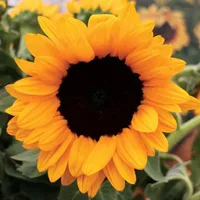How to attract bees to your backyard — 7 pollinator-friendly plants to grow now
These bee-friendly plants are the secret to a buzzing garden
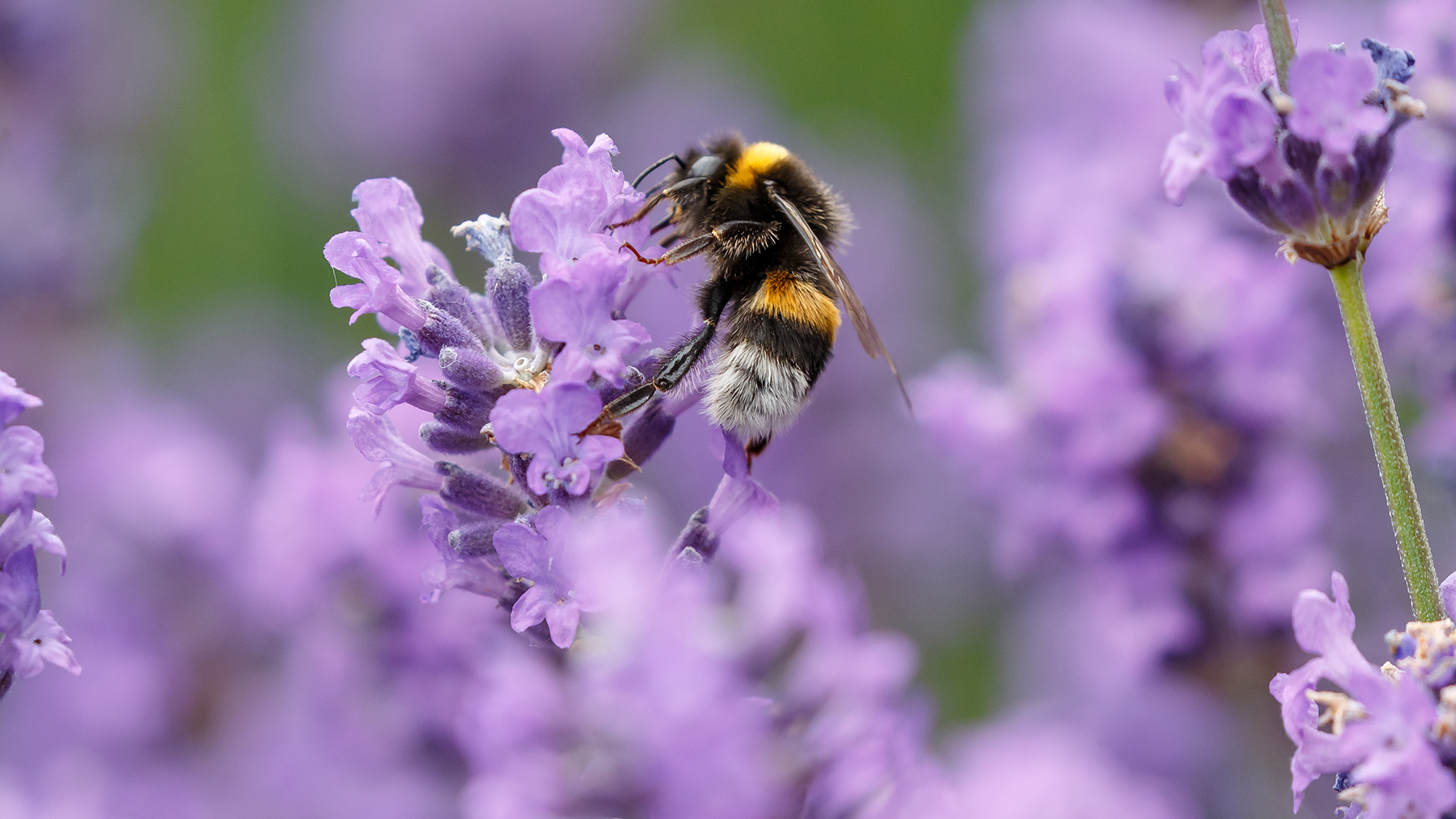
The gentle hum of bees visiting your backyard isn't just a pleasant soundtrack, it's essential for both your plants and our planet.
With bee populations facing serious decline worldwide — like the rusty-patched bumblebee that is now endangered — your backyard can can play a small but meaningful role in helping them recover.
By choosing the right blooms, you’re building a vital habitat for bees to feed and thrive. And, as an added bonus, you're also bringing wonderful color and life to your garden. You don’t need a huge space or complicated setup, just the right mix of flowers.
These bee-friendly plants are a simple way to encourage more pollinators to visit and do what they do best.
Here the best seven to plant to attract more bees into your backyard.
1. Lavender
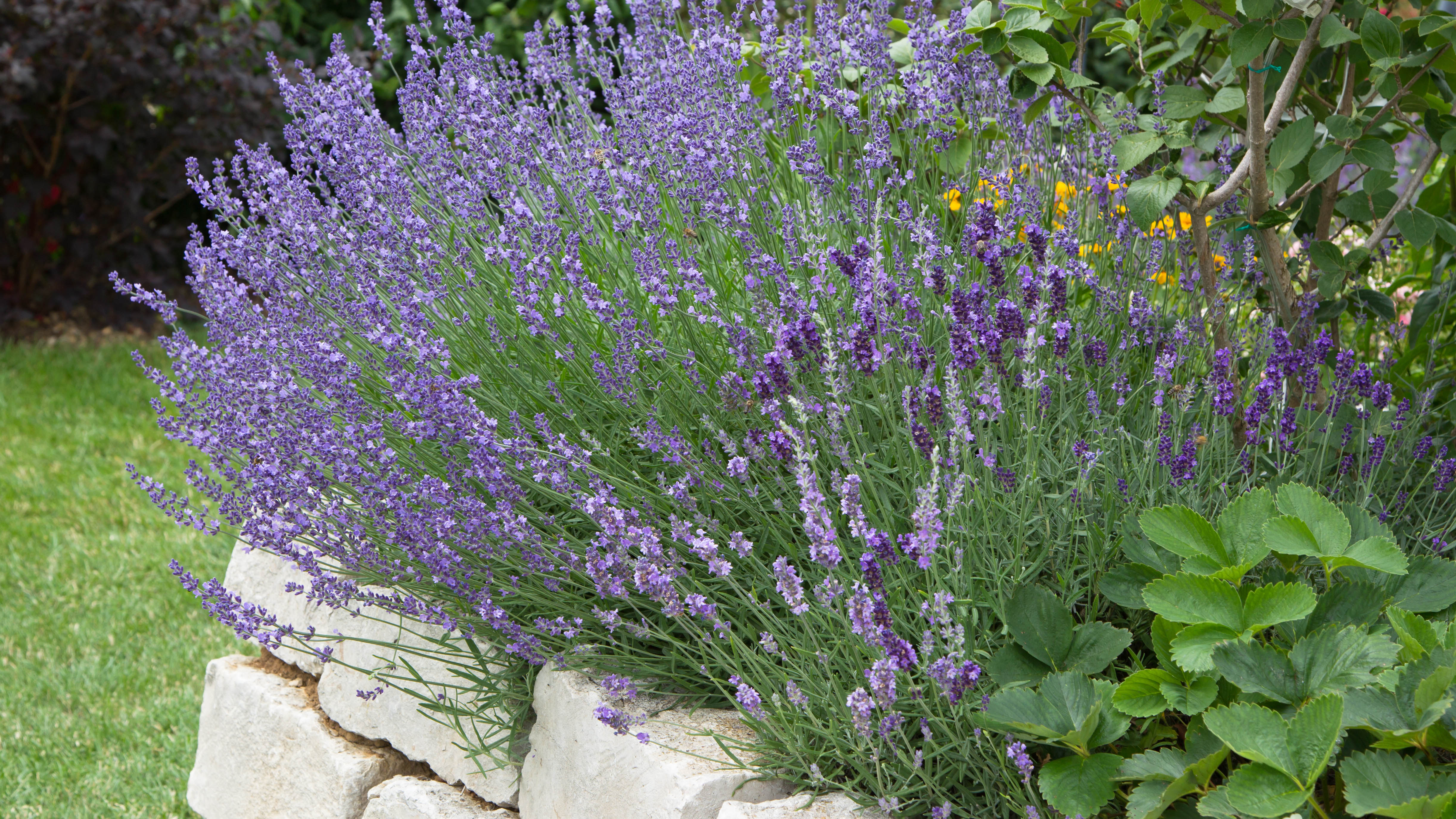
Lavender is a favorite in pollinator gardens for a good reason: bees absolutely love it. This hardy plant, originally from the Mediterranean, produces purple flowers that are especially easy for bees to spot.
Lavender is also a great choice for gardeners. It grows well in poor soil, needs little water once established, and its silvery-green leaves add color and texture even when it’s not blooming. You can plant it along paths, in containers, or as a low hedge to attract bees all summer.
For the best results, go with English lavender (Lavandula angustifolia), which is known for producing plenty of nectar. Just make sure it gets full sun and has well-drained soil. Lavender doesn’t like sitting in water.
2. Sunflowers
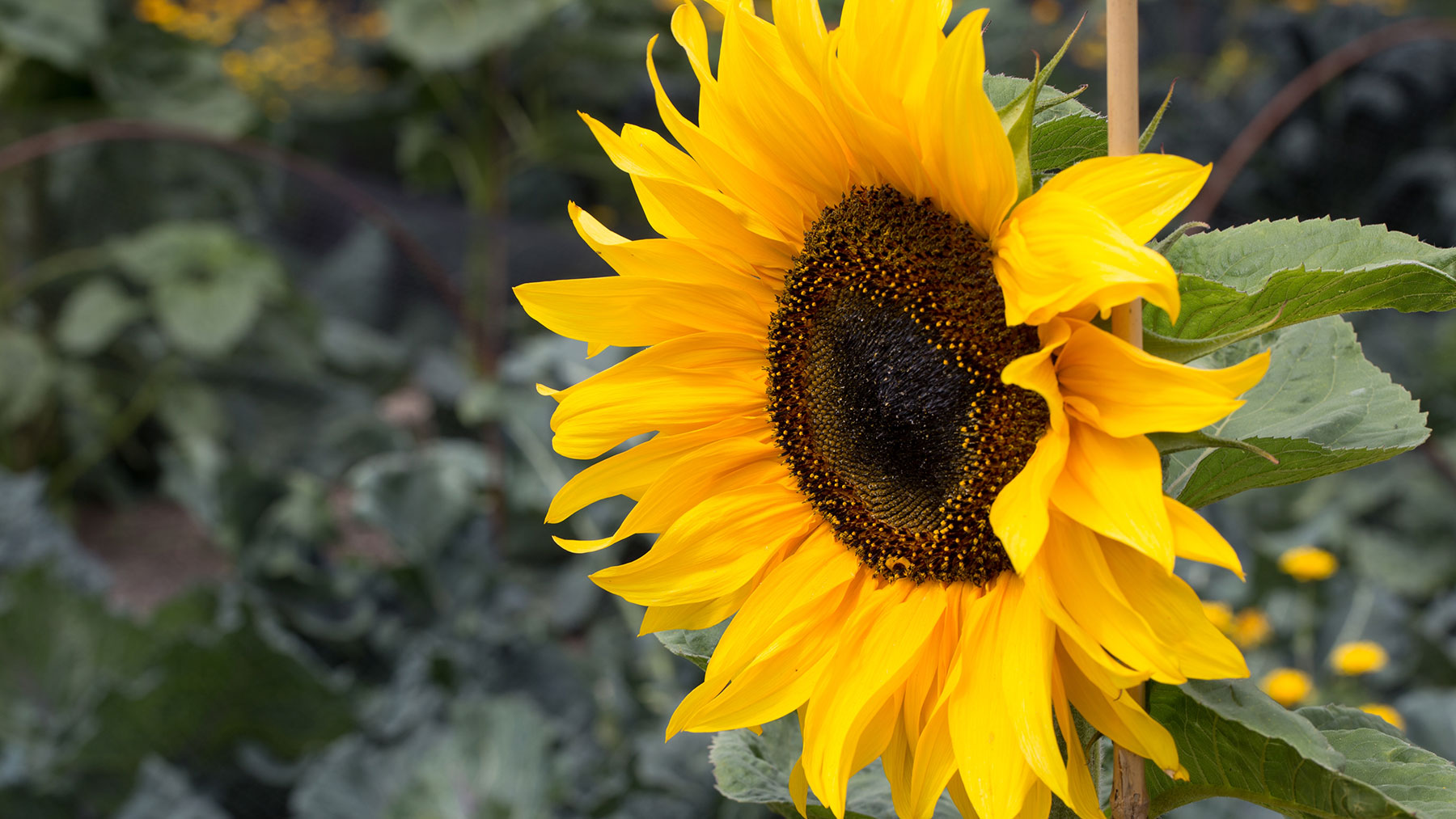
Few plants make a more dramatic statement in the garden than the cheerful, towering sunflower. What many gardeners don't realize is that these summer giants are actually composite flowers.
Each "sunflower" contains hundreds of tiny individual blooms, offering a veritable buffet of nectar and pollen for visiting bees.
While the classic giant varieties create stunning focal points, don't overlook multi-branching varieties like Autumn Beauty or Italian White that produce dozens of smaller blooms over a longer period. This extended flowering season means more food for bees throughout the summer and into fall.
Sunlowers are ridiculously easy to grow from seed, making them perfect for gardeners of all skill levels (and a fantastic project with kids). Plant them along fences, as a seasonal privacy screen, or scattered throughout your vegetable garden to boost pollination of your edible crops.
Vincent’s Choice is a sunflower variety that grows well even without long hours of sunlight, unlike many traditional types. It reaches about 5 feet tall and produces big, golden-yellow blooms with deep brown centers.
3. Foxglove
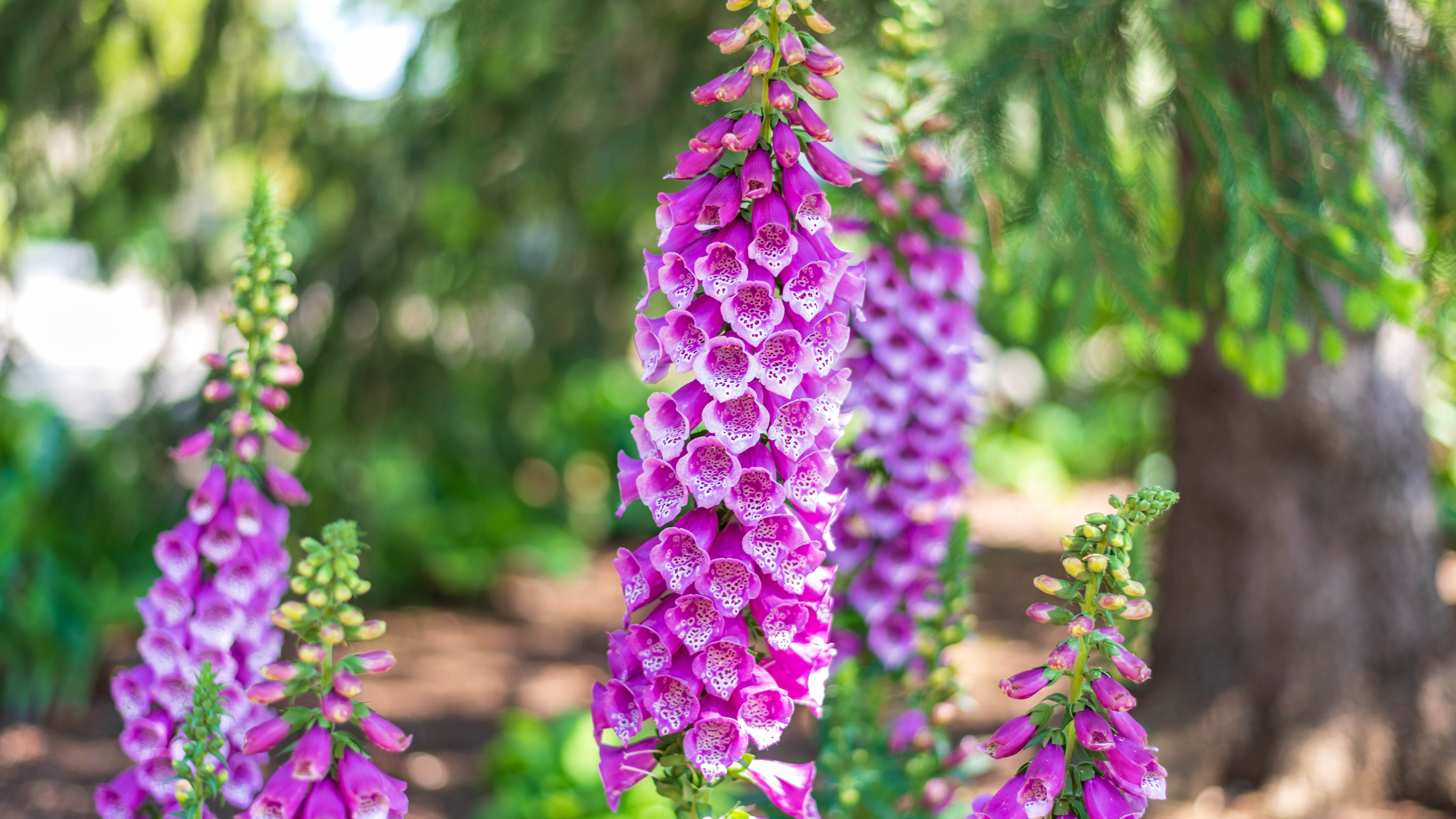
Foxgloves add height and color to any garden with their tall spikes of tubular flowers that bees love. Bumblebees are especially drawn to these bell-shaped blooms and often disappear inside them, emerging covered in pollen like tiny miners returning from a golden cave.
These plants, which naturally grow at woodland edges, can reach up to 5 feet tall when in bloom. Foxgloves are biennials, meaning they flower in their second year, set seed, and then die — but they often reseed themselves, so you’ll see them come back year after year.
The speckled patterns inside each flower help guide bees to the nectar. Plant foxgloves in spots with morning sun or partial shade, and let them spread. For nonstop blooms, plant new ones each year so you always have some in flower.
4. Catmint
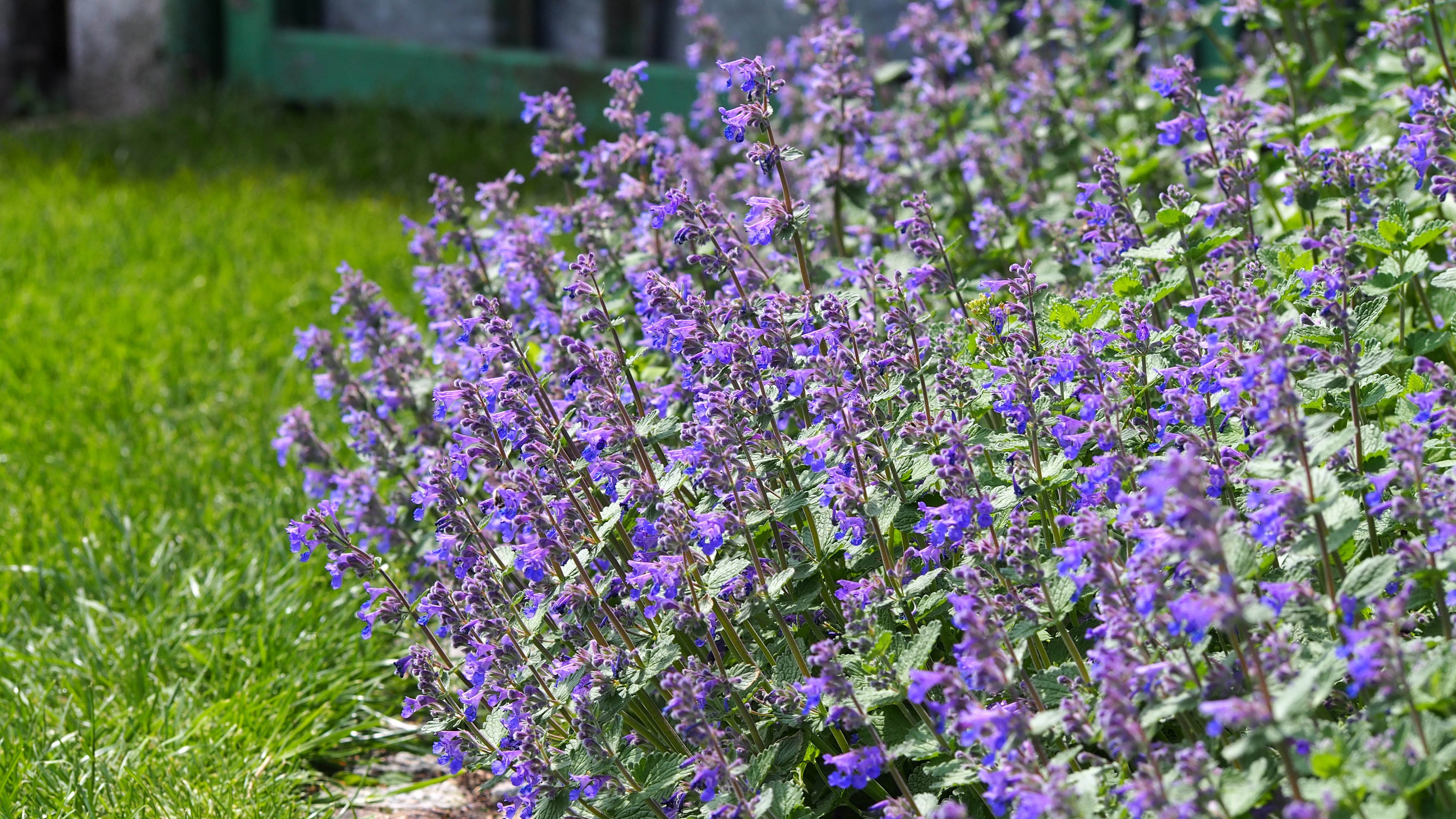
If you're looking for a truly foolproof bee magnet, catmint deserves the top spot on your planting list. This aromatic perennial offers an intoxicating combination of grey-green foliage and lavender-blue flower spikes that bees find irresistible.
What makes catmint especially valuable is its marathon blooming period. With proper deadheading, it provides nectar from late spring through autumn. Trim it back after the first flush of flowers fades, and you'll be rewarded with a second (and often third) wave of blooms.
Varieties like Walker's Low and Purrsian Blue create gorgeous, drought-tolerant mounds that work beautifully as informal borders, container specimens, or planted en masse.
5. Helenium
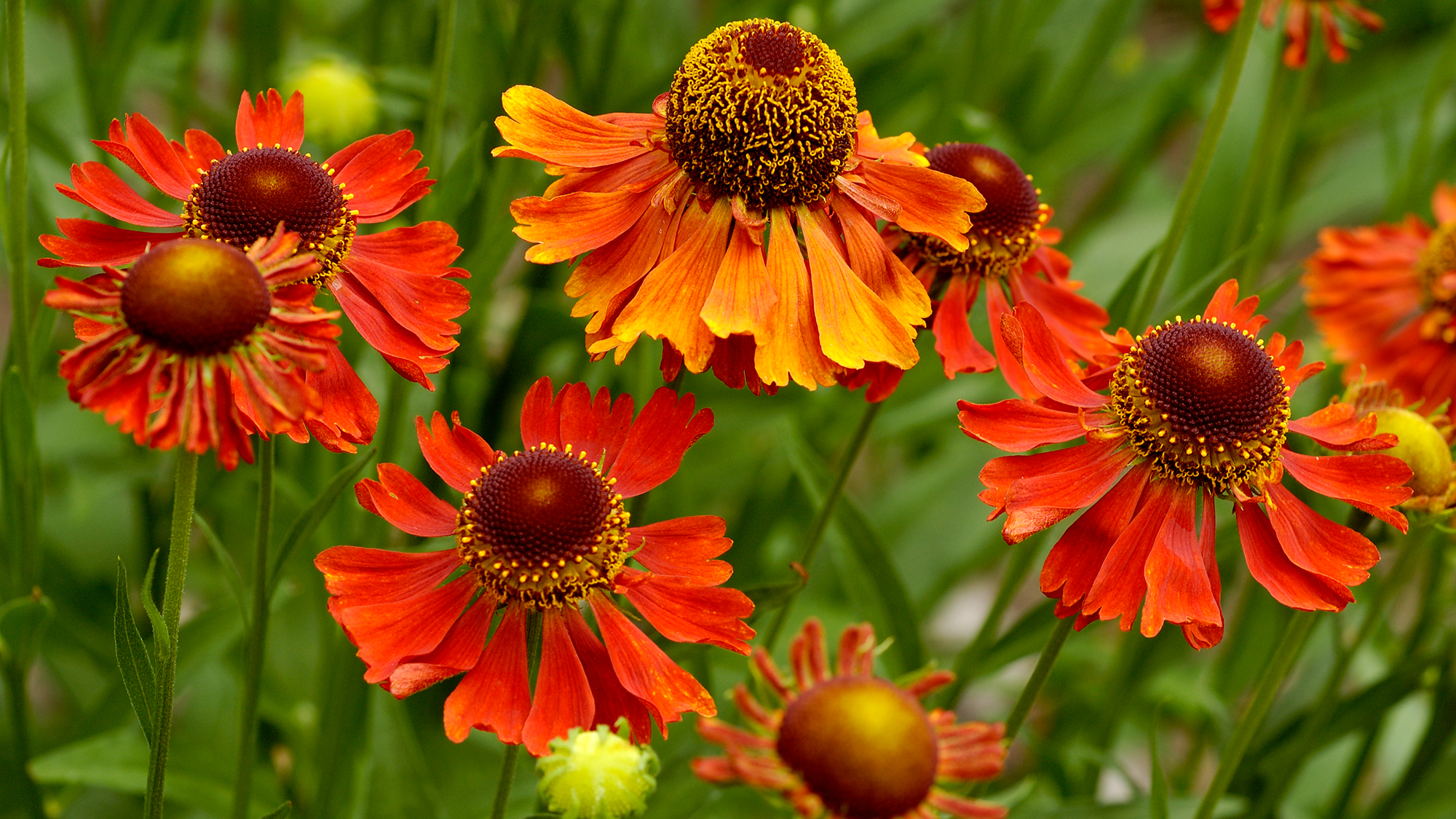
If sunflowers are the cheerful giants of summer, heleniums are their fiery autumn cousins. Commonly known as Sneezeweed, these North American natives produce daisy-like blooms in vibrant yellows, oranges, and reds from late summer into fall.
The domed centers of helenium flowers are particularly rich in pollen and nectar, creating landing pads where bees can feast and socialize. Varieties like Moerheim Beauty and Mardi Gras create spectacular shows of color while supporting dozens of bee species.
Plant heleniums in full sun and reasonably moist soil for best results, and deadhead regularly to extend the blooming period. Their upright habit makes them perfect for the middle or back of perennial borders, where they'll provide weeks of fiery color and buzzing activity.
These gardening gloves provide an excellent grip and have a comfortable fit around the wrist, plus they are breathable and machine washable and available in three sizes. They are perfect when you need a medium-duty gloves that provides dexterity. Plus, they come in a pack of two.
6. Geraniums
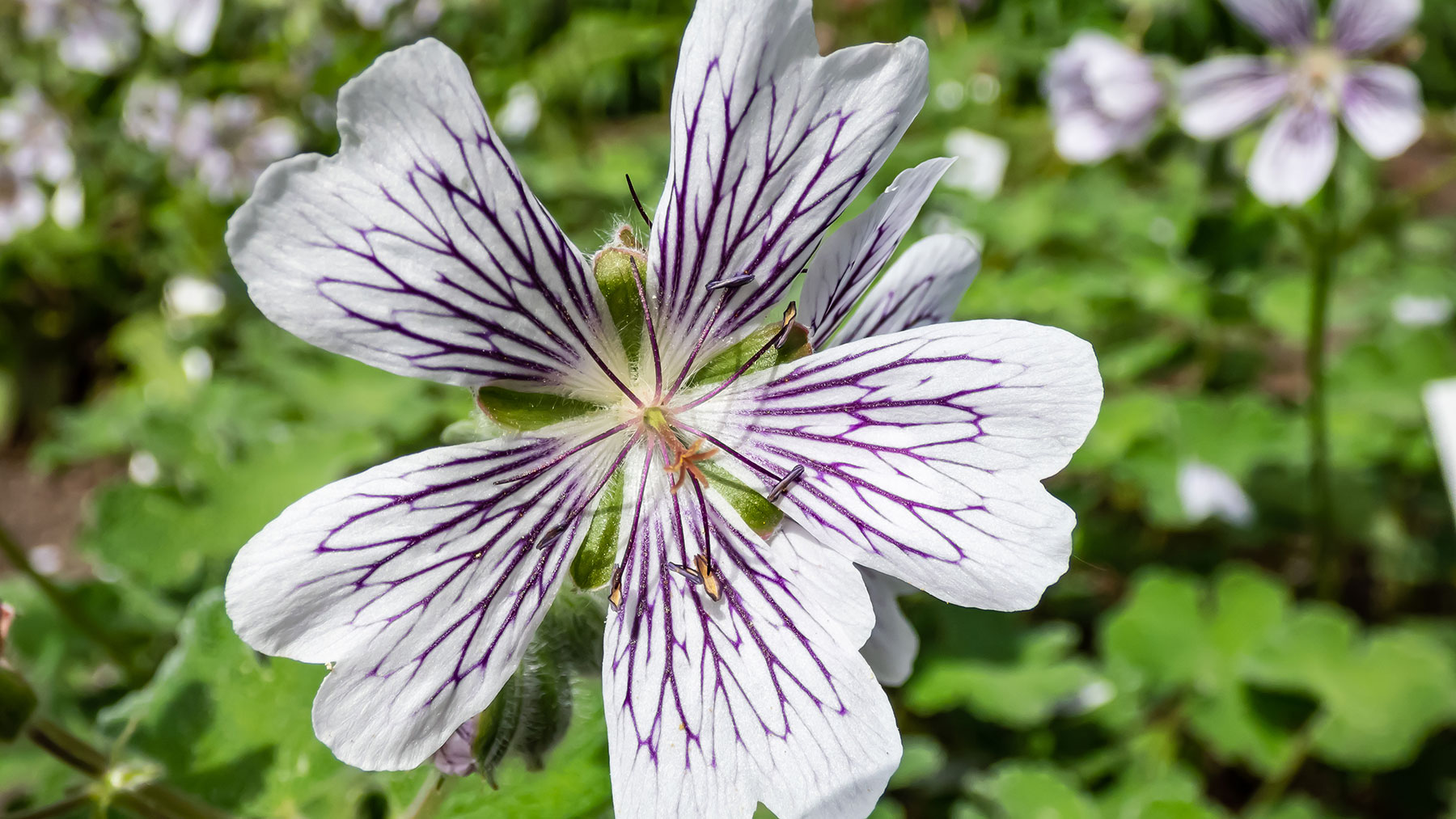
Hardy geraniums (not to be confused with the annual pelargoniums often sold as "geraniums") are the quiet workhorses of the pollinator garden.
Their open-faced blooms in shades of pink, purple, blue, and white provide easy access to nectar, making them particularly attractive to bumblebees and solitary bees.
What makes geraniums exceptional is their adaptability, there's a variety for nearly every garden condition. Hardy geraniums spread to form dense, bee-friendly carpets of color that suppress weeds and soften garden edges.
Many varieties bloom for months rather than weeks, and their deeply cut foliage remains attractive even when not in flower. Plant them beneath roses, around shrubs, or as ground cover in difficult spots — wherever they grow, bees will follow.
7. Marigolds
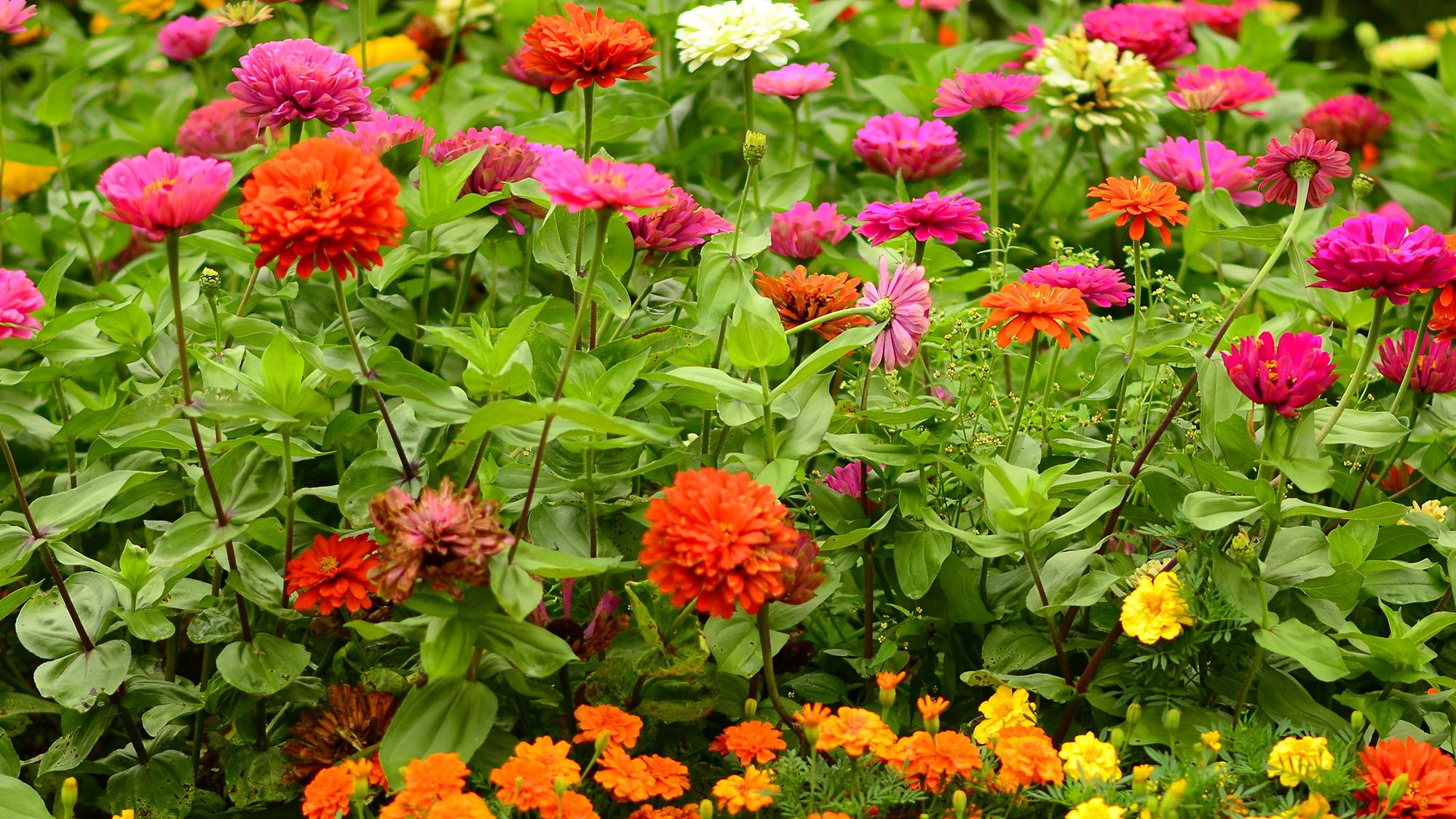
Marigolds bring both beauty and functionality to bee gardens with their bright yellow, orange, and red blooms that shine from late spring until frost.
Their open, daisy-like flower structure makes it easy for bees to land and access nectar, while their distinct fragrance helps pollinators locate them from a distance. Beyond attracting bees, these versatile annuals also serve as natural pest deterrents.
Marigolds are incredibly simple to grow from seed or transplants, thriving in everything from containers to border plantings with minimal care. For the most bee activity, choose single-flowered varieties rather than heavily doubled types, as these provide easier access to pollen and nectar.
Plant marigolds in your garden and your vegetable patch if you have one, to boost both pollination and pest protection in one colorful package.
Now you've learned how to attract more bees into your backyard, why not take a look at our other useful gardening guides?
If you want more hummingbirds to visit you, check out these 7 tips for attracting them to your yard and how to feed hummingbirds the right way.
Get instant access to breaking news, the hottest reviews, great deals and helpful tips.
And for more gardening hacks, don't miss 3 ways to use banana peels in the garden and 7 ways to care for your spring bulbs after they've flowered.
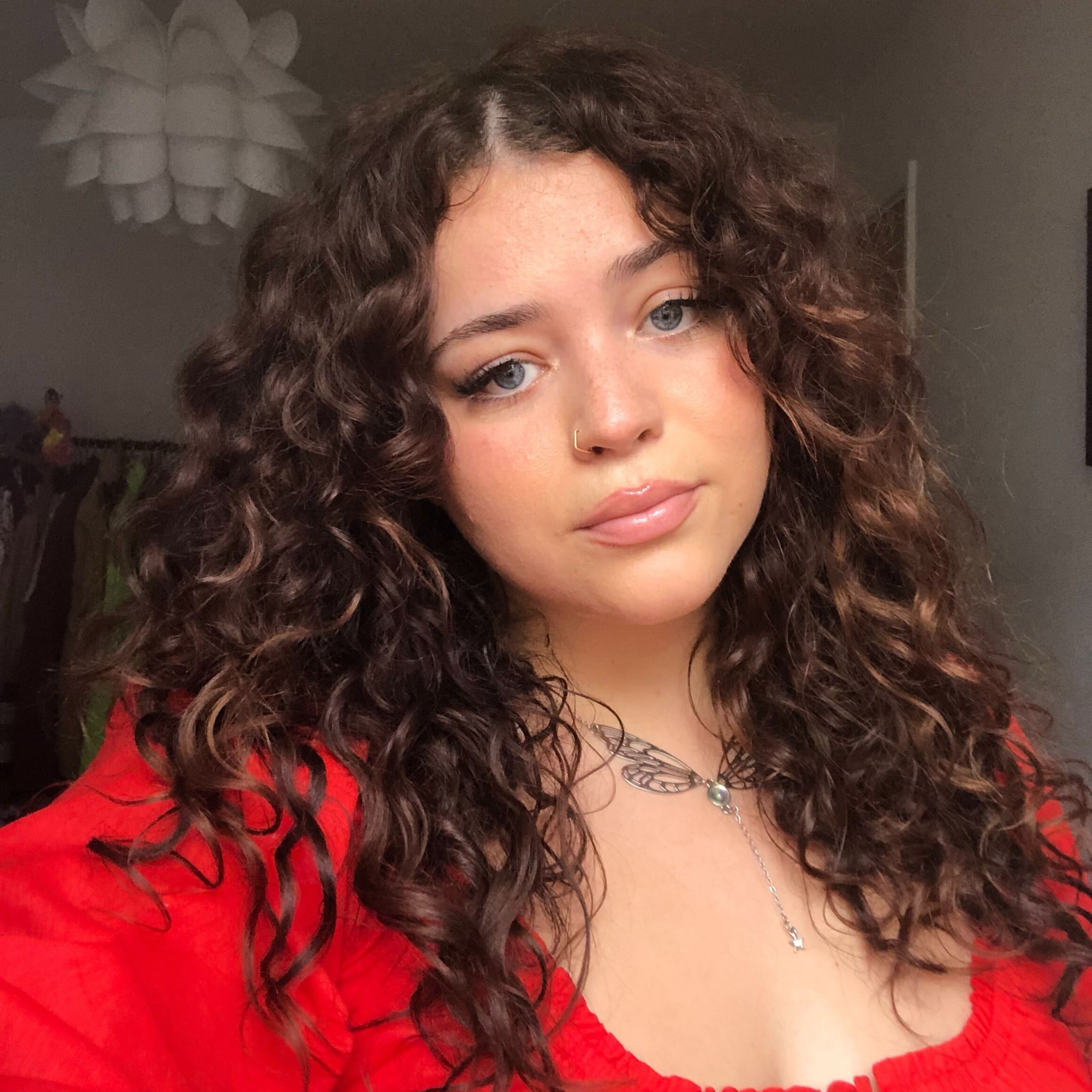
Kaycee is Tom's Guide's How-To Editor, known for tutorials that skip the fluff and get straight to what works. She writes across AI, homes, phones, and everything in between — because life doesn't stick to categories and neither should good advice. With years of experience in tech and content creation, she's built her reputation on turning complicated subjects into straightforward solutions. Kaycee is also an award-winning poet and co-editor at Fox and Star Books. Her debut collection is published by Bloodaxe, with a second book in the works.
You must confirm your public display name before commenting
Please logout and then login again, you will then be prompted to enter your display name.
